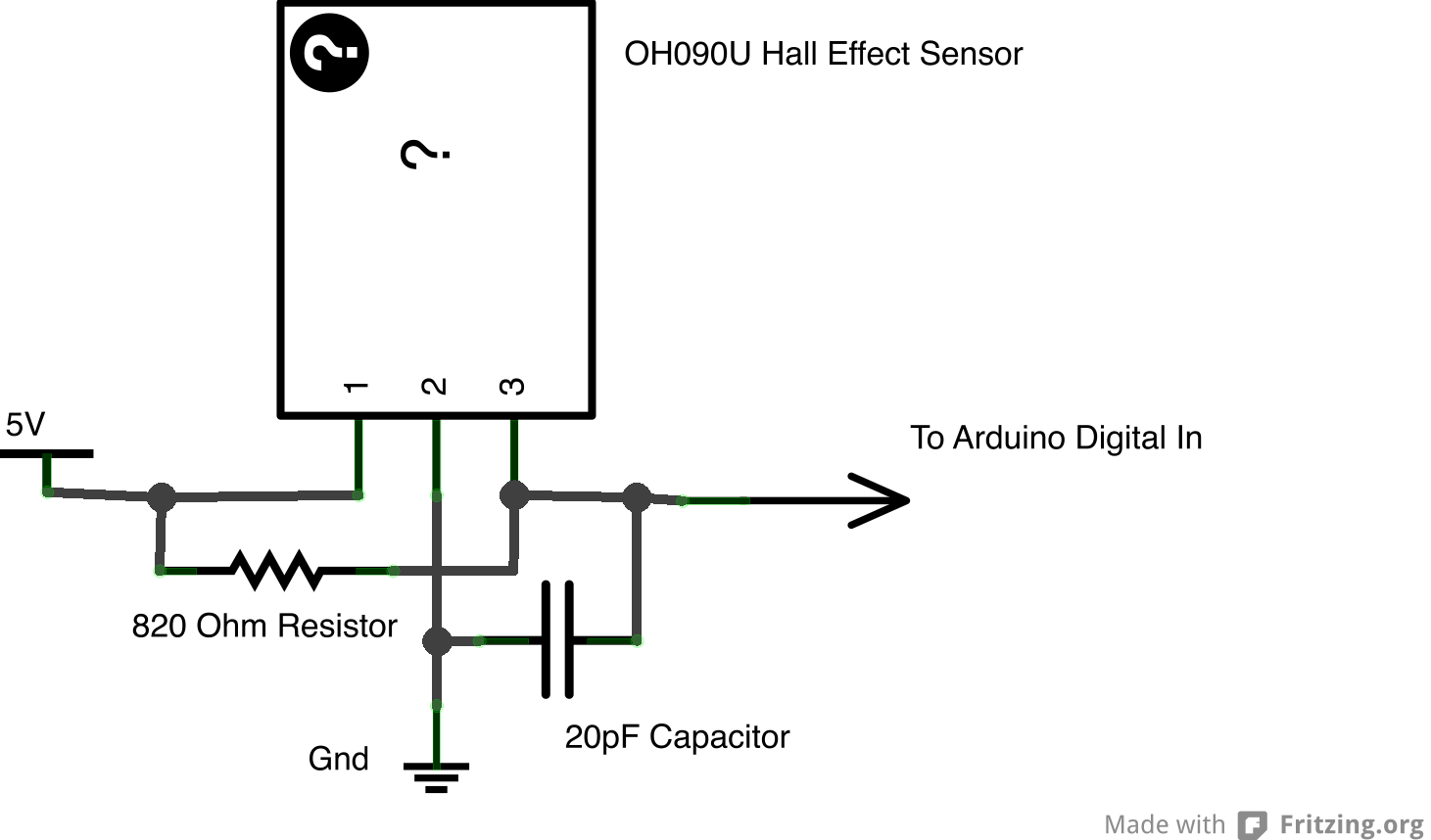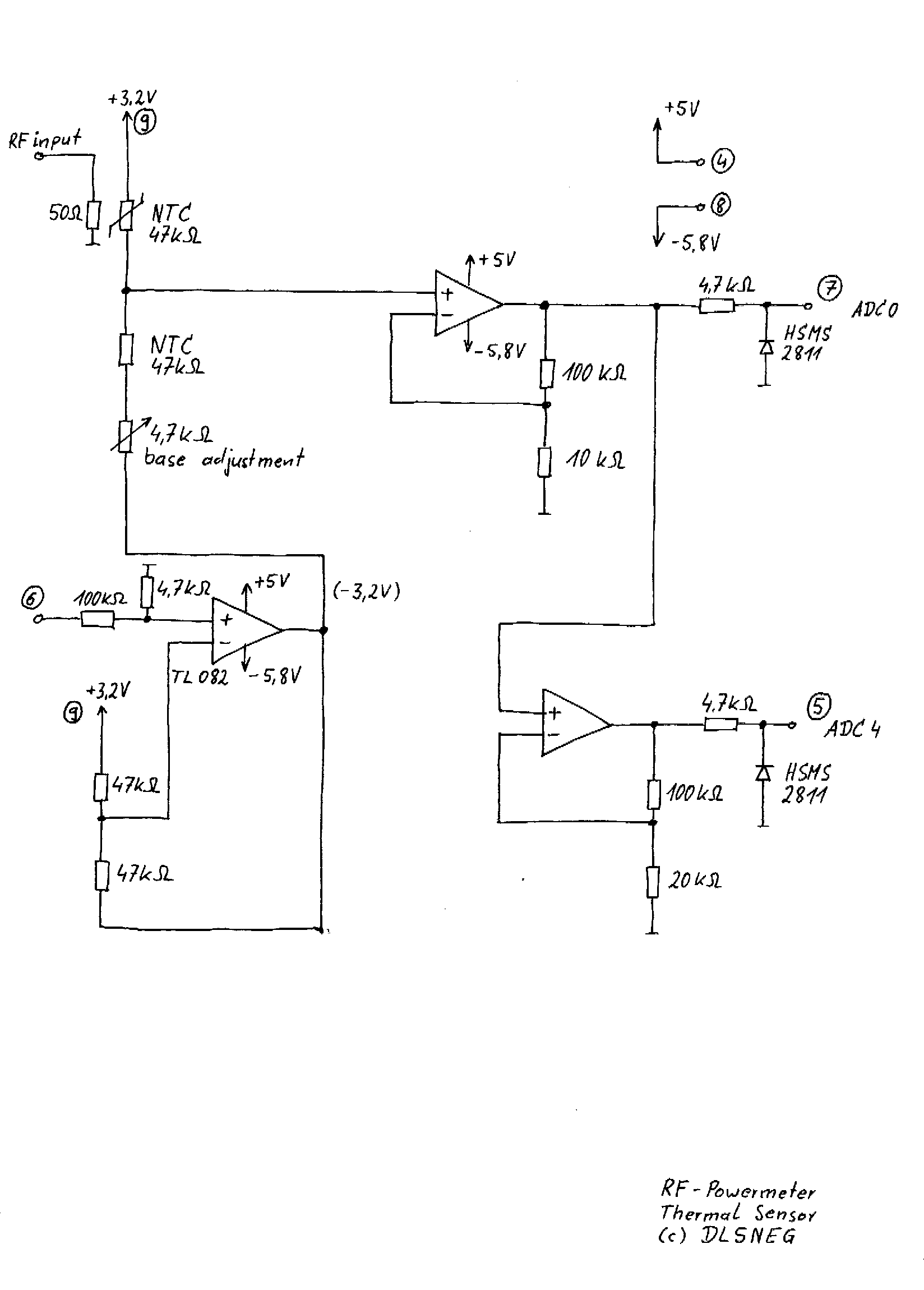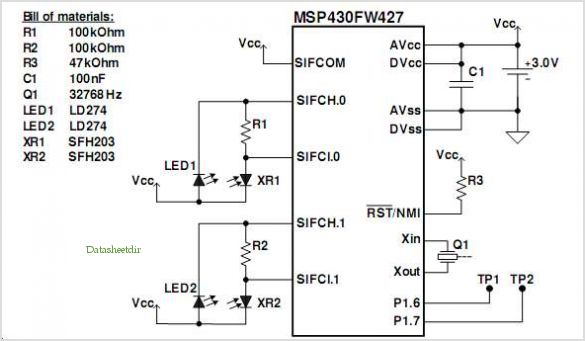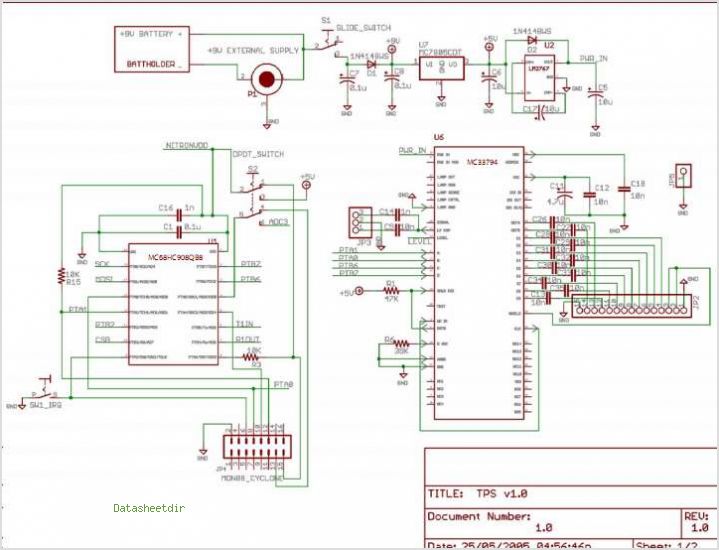
ir sensors
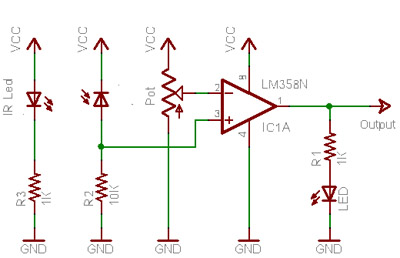
The infrared emitter-detector circuit is highly beneficial for constructing a line-following robot or a robot capable of basic object or obstacle detection. Infrared emitter-detector pairs are relatively straightforward to implement, although they require a certain level of testing and calibration for optimal performance. These circuits can be utilized for various applications, including obstacle detection, motion detection, transmitters, encoders, and color detection, such as in line-following tasks. The operation relies on the principle of light reflection from different colors. A white object reflects nearly all incident light, while a black object absorbs most of it. By measuring variations in the intensity of reflected light, it is possible to determine the presence or absence of a line beneath the sensor. An infrared LED emits infrared light, which is reflected by the surface below. The detector functions as a variable resistor, with its resistance value dependent on the intensity of light incident on its surface. Higher light intensity results in lower resistance, while lower intensity leads to higher resistance. The detector and resistor R2 form a potential divider. When the intensity is high (reflected from a white surface), the detector's resistance is low, resulting in a high potential value. Conversely, when the intensity is low (reflected from a black surface), the resistance is high, leading to a low potential. This potential is compared to a reference potential, which can be adjusted using a potentiometer. Calibration is necessary to record the potential values for both white and black surfaces and determine their ranges. The reference is then set so that the output is high for a white surface and low for a black surface. Resistor R3 limits excessive current flowing through the LED, with its value determined by the size and color of the LED. A larger LED diameter results in a higher current draw. Resistor R1 should be selected based on the LED specifications; typically, a 330-ohm resistor is sufficient for a 3mm red LED with a 5V supply. Resistor R2 should be greater than the maximum resistance of the detector. When operating in sunlight, precautions should be taken to ensure that ambient light does not interfere with the circuit's functionality. Sensors positioned beneath the robot's body are generally less affected by sunlight.
The infrared emitter-detector circuit is designed for effective line detection and obstacle avoidance in robotic applications. The key components include an infrared LED, a photodetector (often a phototransistor or photodiode), and a set of resistors for current limiting and voltage division. The infrared LED emits light that is reflected off surfaces below the robot. The photodetector receives this reflected light, with its resistance changing based on the intensity of the light received.
The circuit typically includes a power supply, which can be a battery or a regulated power source, providing the necessary voltage for the components. The LED is connected in series with resistor R3 to limit the current flowing through it, preventing damage. The photodetector is connected in a voltage divider configuration with resistor R2, allowing the output voltage to vary based on the light intensity detected.
Calibration is a critical step in setting up the circuit. By measuring the output voltage when the sensor is over a white surface and then over a black surface, the operator can determine the thresholds for the comparator circuit, which can be implemented using an operational amplifier or a simple transistor switch. This comparator will output a high signal when the detected surface is white and a low signal when it is black, enabling the robot's control system to make decisions based on the detected line.
To ensure reliable operation, the design must account for environmental factors such as ambient light. Using shielding or placing the sensors in a position less exposed to direct sunlight can enhance performance. The placement of the sensors is also crucial; they should be positioned close to the ground to maximize the amount of reflected light detected from the surface below.
In summary, the infrared emitter-detector circuit is a versatile and effective solution for line detection and obstacle avoidance in robotic systems, relying on the principles of light reflection and careful calibration to function accurately in various environments.The Infrared emitter detector circuit is very useful if you plan to make a line following robot, or a robot with basic object or obstacle detection. Infrared emitter detector pair sensors are fairly easy to implement, although involved some level of testing and calibration to get right.
They can be used for obstacle detection, motion detection, tr ansmitters, encoders, and color detection (such as for line following). In order to detect a line, we use the principle of reflection of light over different colors. As we all know, a white color object reflects almost all light incident on it while a black colored object absorbs all. Now, by measuring the variation in the intensity of reflected light we can easily determine the presence/absence of line under the sensor.
We use an IR LED which will emit Infrared light and it will be reflected by the surface. The detector acts as a variable resistor whose value depends on the intensity of light falling on its surface. The higher the intensity, the lower is the resistance of the detector. The detector and R2 act as a potential divider. When the intensity is high (reflected from white surface), the resistance of detector is low and so the value of the potential is high.
Similarly when the intensity is low (reflected from black surface), the resistance of the detector is high and so the potential is low. This potential is compared with a reference potential. The reference can be varied by the potentiometer (pot). Calibration is required. You have to record potentials of the white as well as black surface and then find their ranges. According these potentials ten set the reference so that for white surface output is. high and for white black surface output is low. R3 resistor prevents excessive current to pass through the LED. The value of the resistor depends on the size and the colour of the LED. More the diameter of the LED, more is the current it will sink in. R1 should be chosen according to the LED. Usually for 3mm Red LED and 5V supply 330 is enough. R2 should be larger then the maximum resistance of the detector. If you work in the sunlight make sure it doesn`t interfere with the function of the circuit. Usually sensors placed below the body of the robot are the least affected by it. 🔗 External reference
The infrared emitter-detector circuit is designed for effective line detection and obstacle avoidance in robotic applications. The key components include an infrared LED, a photodetector (often a phototransistor or photodiode), and a set of resistors for current limiting and voltage division. The infrared LED emits light that is reflected off surfaces below the robot. The photodetector receives this reflected light, with its resistance changing based on the intensity of the light received.
The circuit typically includes a power supply, which can be a battery or a regulated power source, providing the necessary voltage for the components. The LED is connected in series with resistor R3 to limit the current flowing through it, preventing damage. The photodetector is connected in a voltage divider configuration with resistor R2, allowing the output voltage to vary based on the light intensity detected.
Calibration is a critical step in setting up the circuit. By measuring the output voltage when the sensor is over a white surface and then over a black surface, the operator can determine the thresholds for the comparator circuit, which can be implemented using an operational amplifier or a simple transistor switch. This comparator will output a high signal when the detected surface is white and a low signal when it is black, enabling the robot's control system to make decisions based on the detected line.
To ensure reliable operation, the design must account for environmental factors such as ambient light. Using shielding or placing the sensors in a position less exposed to direct sunlight can enhance performance. The placement of the sensors is also crucial; they should be positioned close to the ground to maximize the amount of reflected light detected from the surface below.
In summary, the infrared emitter-detector circuit is a versatile and effective solution for line detection and obstacle avoidance in robotic systems, relying on the principles of light reflection and careful calibration to function accurately in various environments.The Infrared emitter detector circuit is very useful if you plan to make a line following robot, or a robot with basic object or obstacle detection. Infrared emitter detector pair sensors are fairly easy to implement, although involved some level of testing and calibration to get right.
They can be used for obstacle detection, motion detection, tr ansmitters, encoders, and color detection (such as for line following). In order to detect a line, we use the principle of reflection of light over different colors. As we all know, a white color object reflects almost all light incident on it while a black colored object absorbs all. Now, by measuring the variation in the intensity of reflected light we can easily determine the presence/absence of line under the sensor.
We use an IR LED which will emit Infrared light and it will be reflected by the surface. The detector acts as a variable resistor whose value depends on the intensity of light falling on its surface. The higher the intensity, the lower is the resistance of the detector. The detector and R2 act as a potential divider. When the intensity is high (reflected from white surface), the resistance of detector is low and so the value of the potential is high.
Similarly when the intensity is low (reflected from black surface), the resistance of the detector is high and so the potential is low. This potential is compared with a reference potential. The reference can be varied by the potentiometer (pot). Calibration is required. You have to record potentials of the white as well as black surface and then find their ranges. According these potentials ten set the reference so that for white surface output is. high and for white black surface output is low. R3 resistor prevents excessive current to pass through the LED. The value of the resistor depends on the size and the colour of the LED. More the diameter of the LED, more is the current it will sink in. R1 should be chosen according to the LED. Usually for 3mm Red LED and 5V supply 330 is enough. R2 should be larger then the maximum resistance of the detector. If you work in the sunlight make sure it doesn`t interfere with the function of the circuit. Usually sensors placed below the body of the robot are the least affected by it. 🔗 External reference
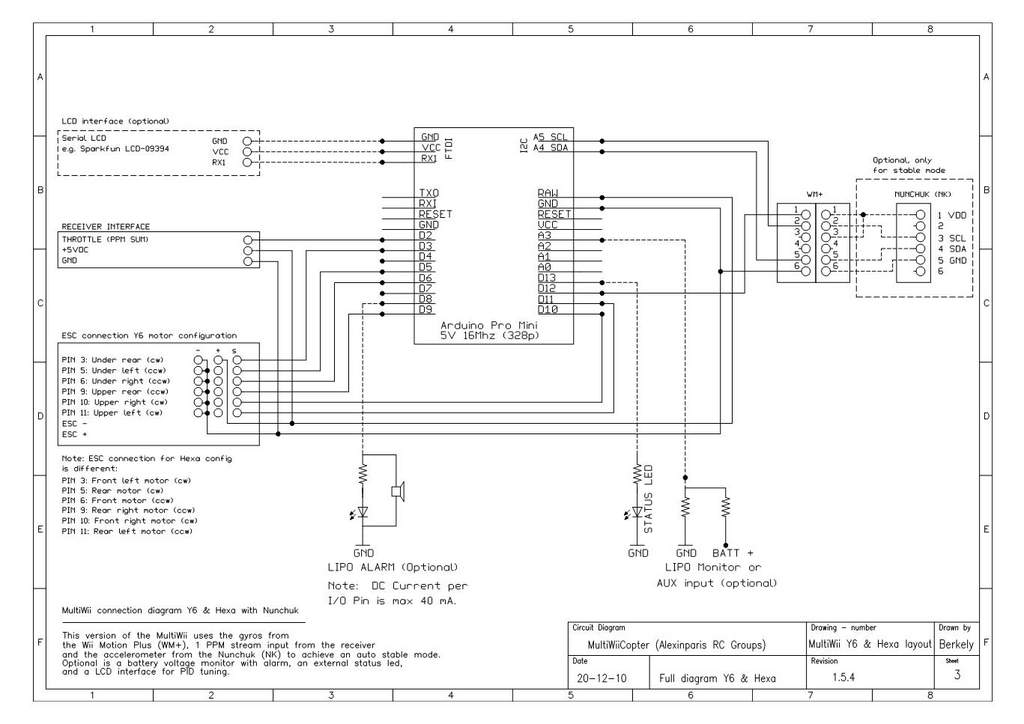
.jpg)
